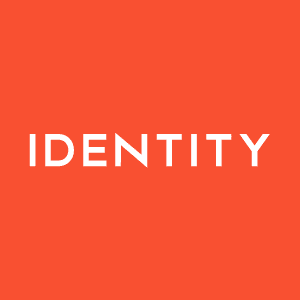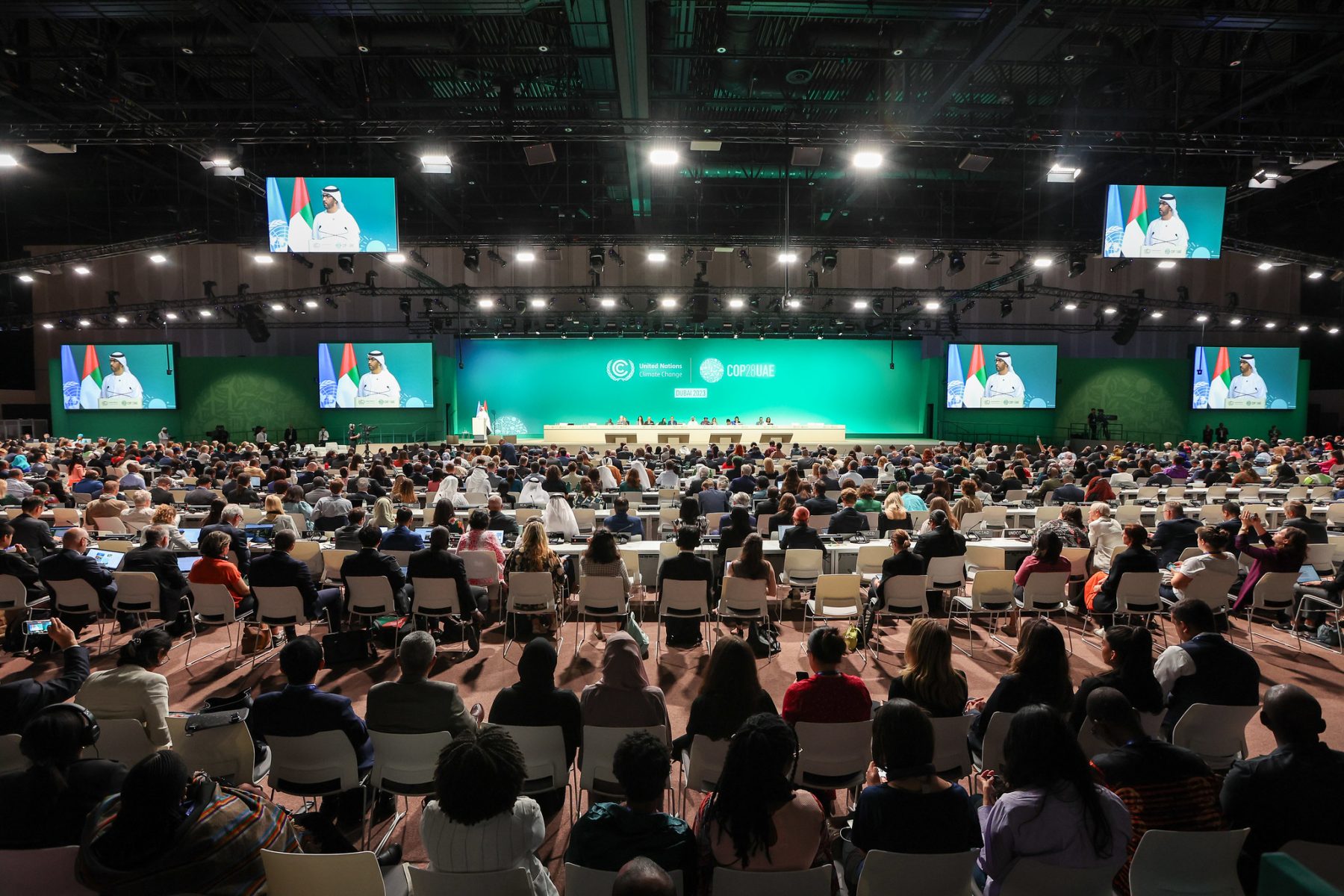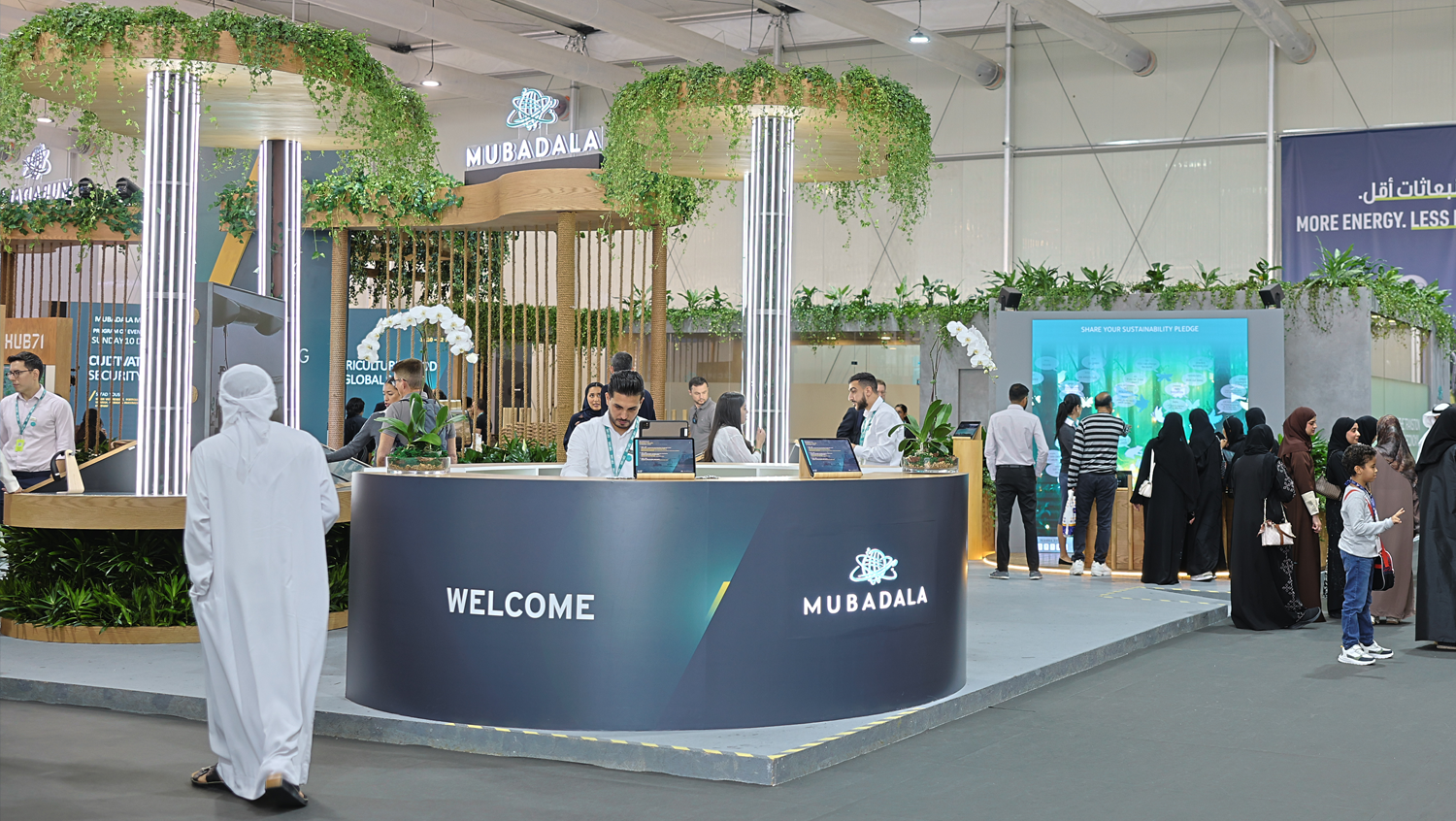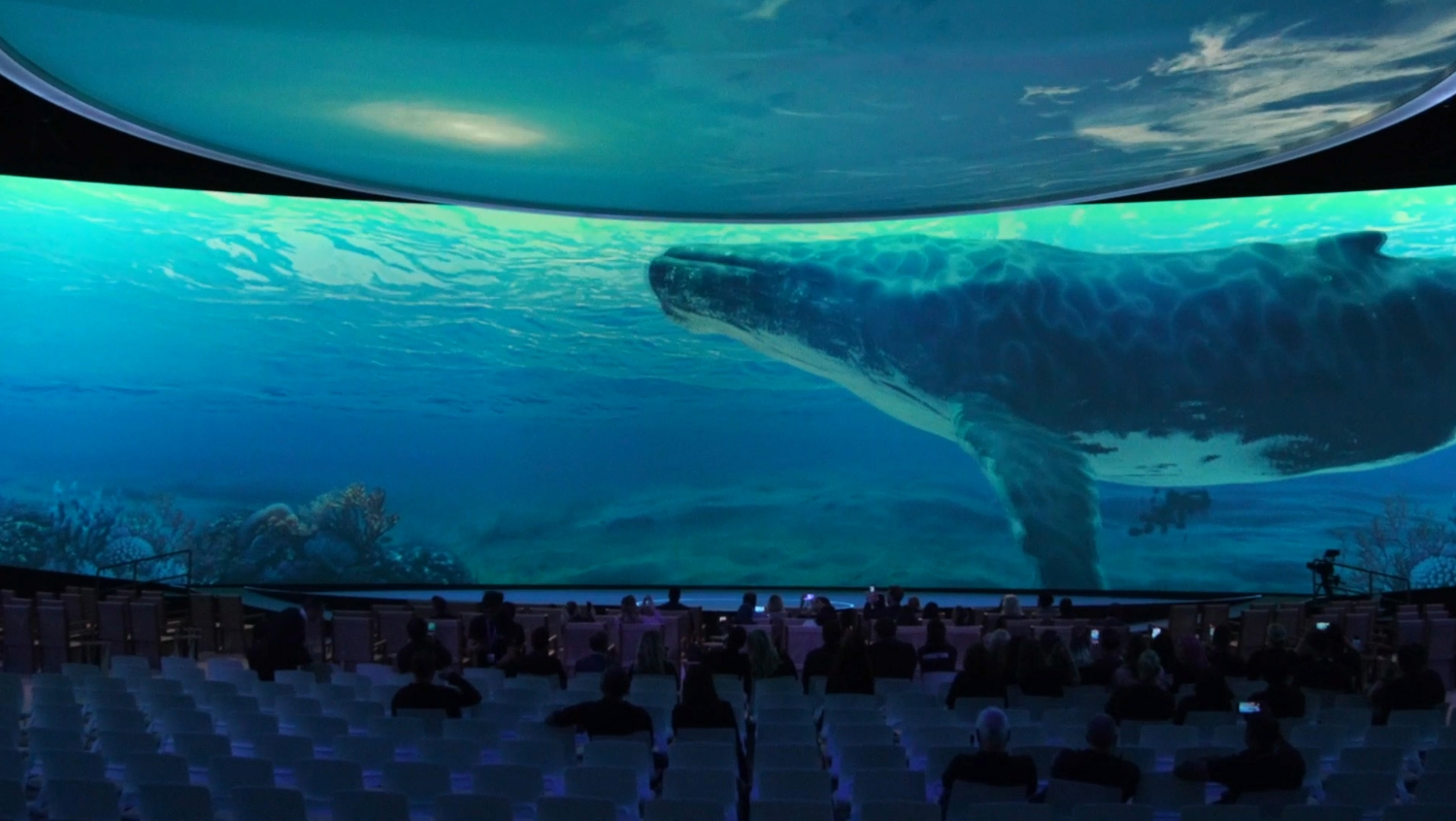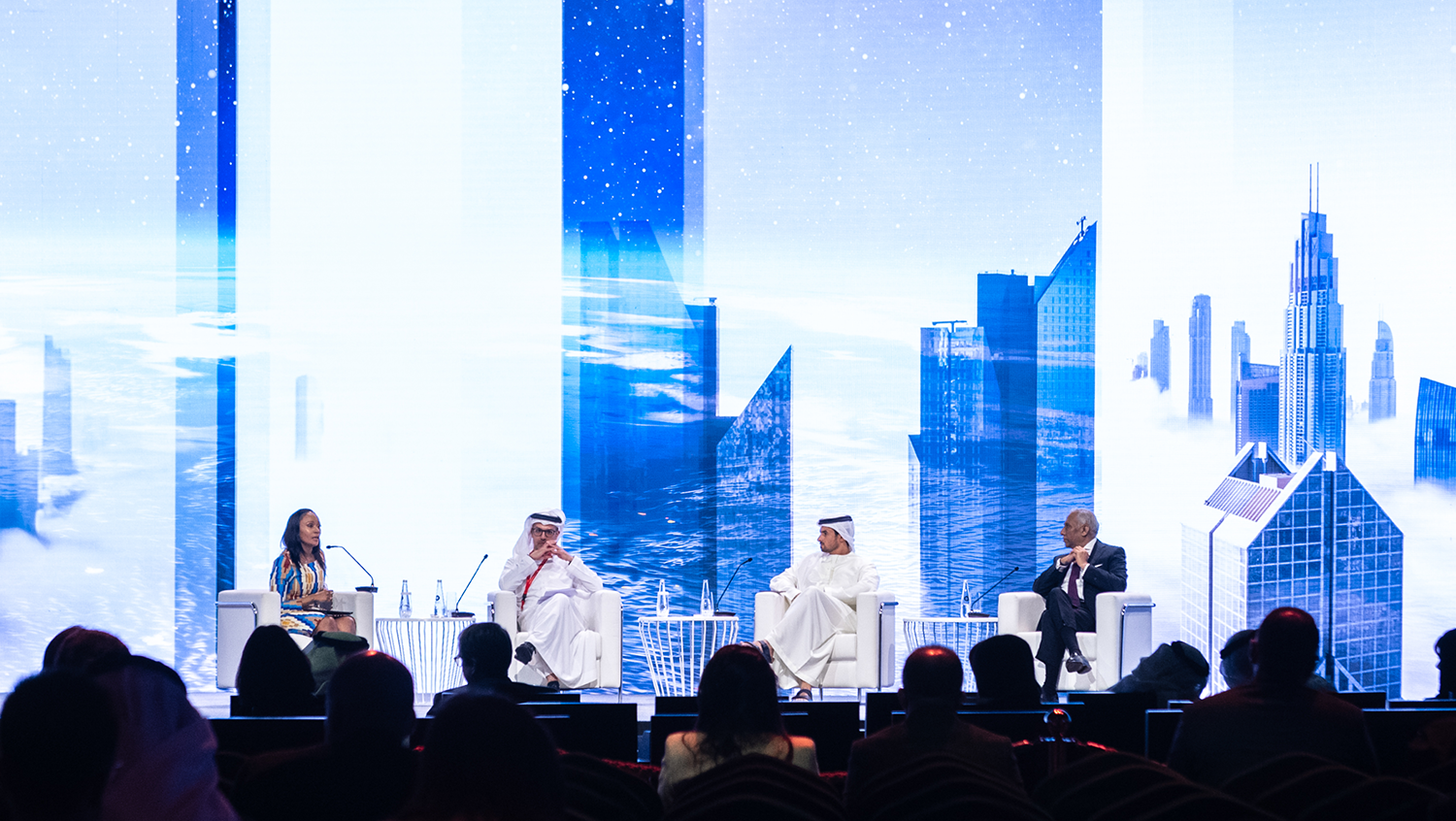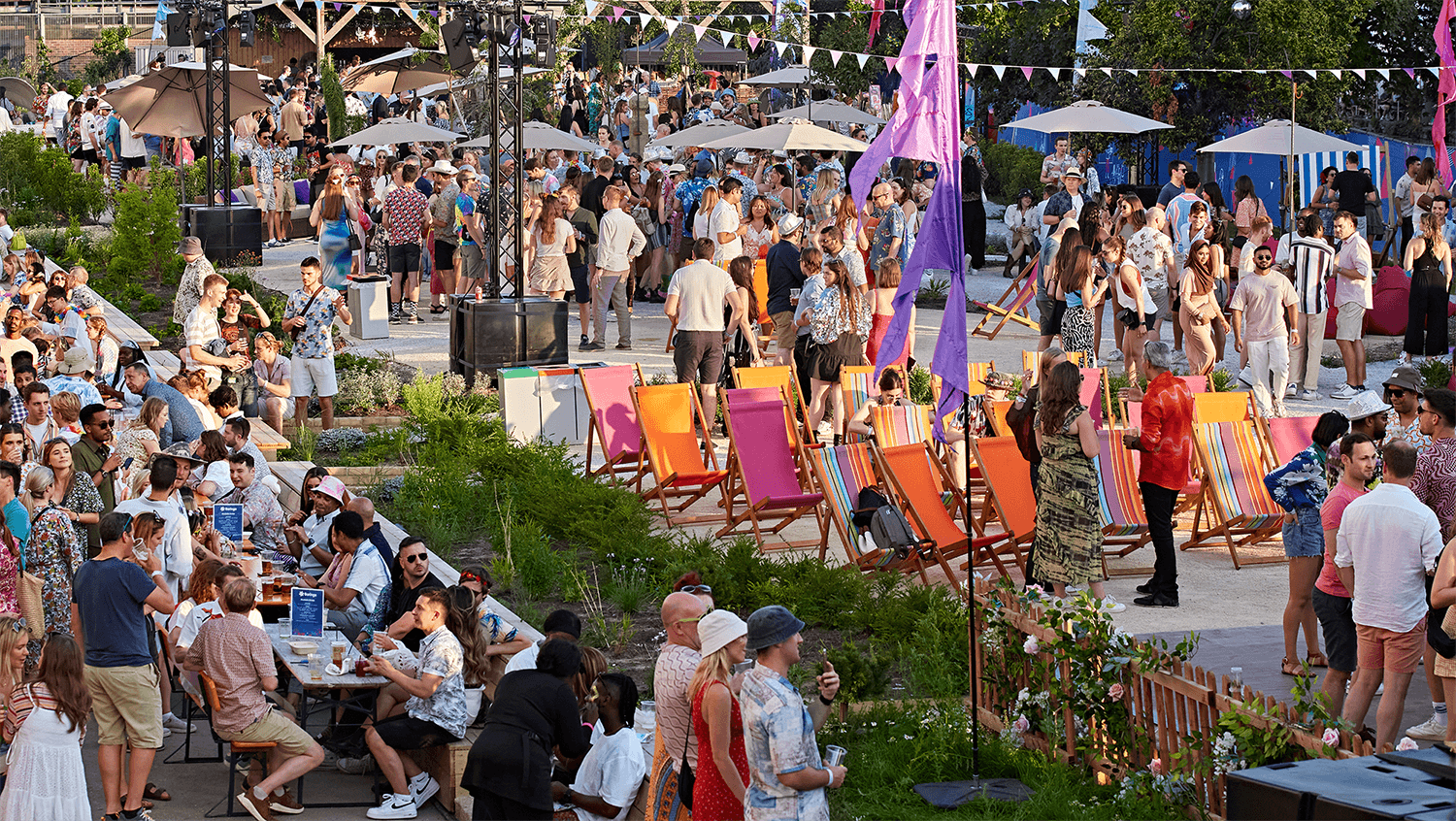Getting Social With Your Events Marketing
Social Media has revolutionised businesses across all sectors, and the world of events is no exception. Studies have shown that almost nine in ten (87 per cent) B2B brands now use social media to promote events. And with good reason, too – it works! Events marketing using social media can essentially be broken down into three key stages: before the exhibition, which focuses on prospecting and acquisition; during the exhibition, which has an emphasis on driving engagement and sharing information; and after the exhibition, where data capture, lead generation and maintaining momentum becomes key.
Facebook is the premier social media platform for events marketers looking to generate awareness, boost registrations and drive footfall in the lead up to an event. Facebook has 32 million users in the UK alone, and some 1.94 billion worldwide.
This vast connectivity has given birth to what Facebook calls its social graph. This is essentially a giant matrix of data that links all of us together by everything from our age, gender and location, but also more complex protocols like our interests, behaviours, values, intentions and beliefs. The social graph is so rich that Facebook’s ad manager platform has established itself as the most powerful digital marketing tool that we have, allowing us to broadcast content to vast numbers of targeted consumers in an almost limitless number of ways.
Of all the major social networks Twitter is the clear market leader for sharing real-time news and information, and this includes the world of events and exhibitions.Attendees will use Twitter to post about speakers and sessions, share content and engage with the event hashtag. Accordingly, Twitter plays an important role in ensuring that engagement and reach are maximised during the show.
A Twitter Wall is almost obligatory at exhibitions today, and large TV screens, which feed out tweets from the event, attendees, speakers and exhibitors over the course of the day, are an effective way to drive conversation.
Ideally, one or more members of your team should be tweeting content out over the duration of the show, live-tweeting the event. Content to be shared includes photos and videos, announcements, general information, session updates, speaker quotes and more. Be sure to retweet relevant content from others and actively engage and answer questions and queries.


